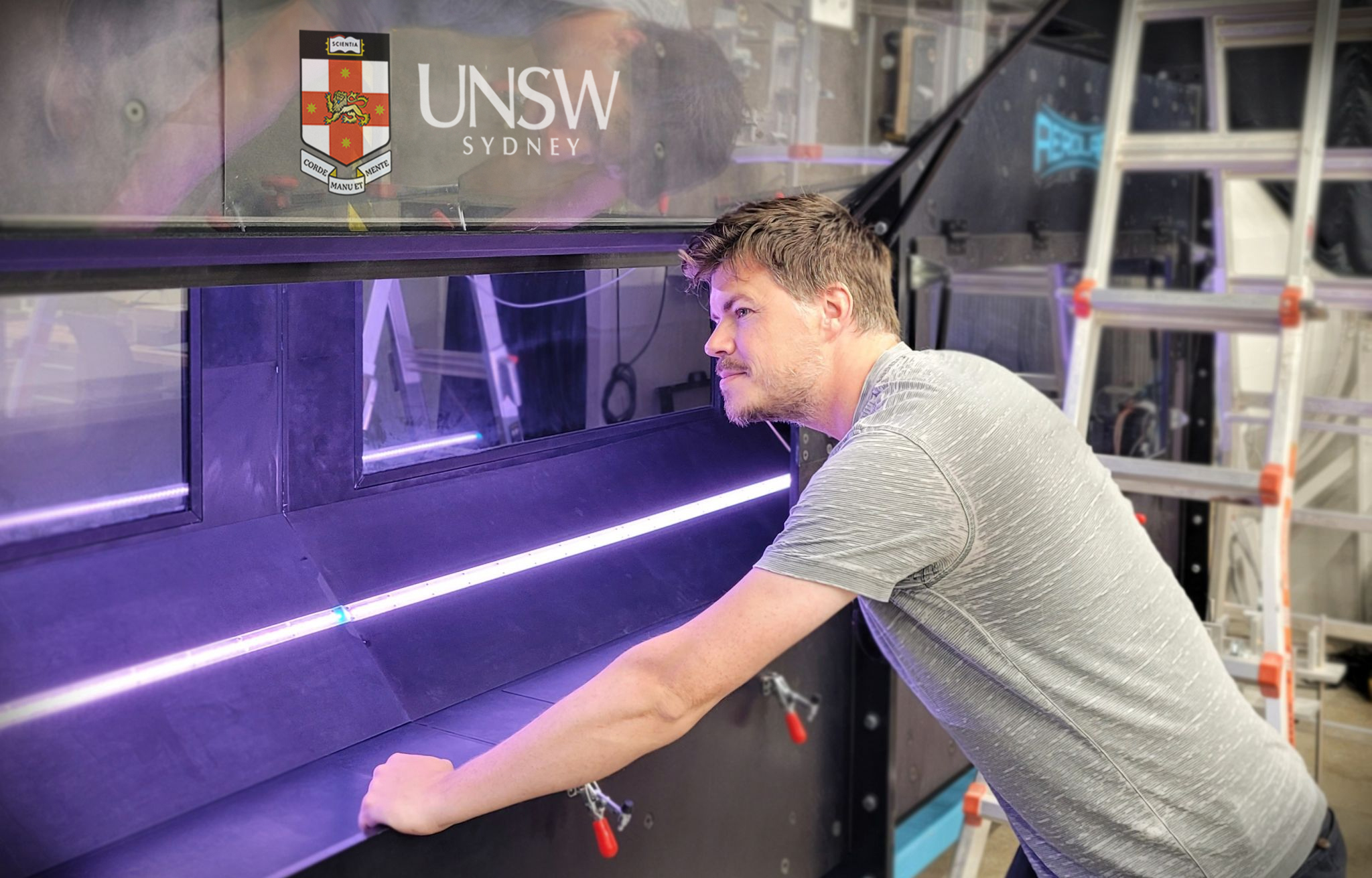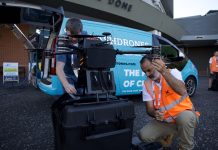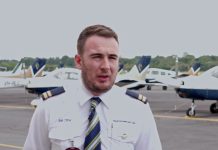Autonomy and electrification are the biggest changes in aviation since the jet engine, with drones leading the way in sustainable aviation. One of the people driving this change is Dr Graham Doig, Senior Lecturer and Director of Drones and Entrepreneurship Programs at the University of New South Wales (UNSW) and founder of Seaflight Technologies.
With 20 years of experience in engineering, Graham has worked on making electric cars more aerodynamic and efficient. His career spans research and industry across Australia and the United States. Seeing an opportunity to create change in the area, Seaflight Technologies was launched in 2022 to help speed up an electric future for aviation.
Working on research and development projects with NASA and Joby Aviation, Graham saw how drones made testing new ideas faster and cheaper.
‘Development and flight test programs that used to cost millions can now be a fraction of that. So, when I started my own company, drones were clearly the pathway to develop new technology quickly.’
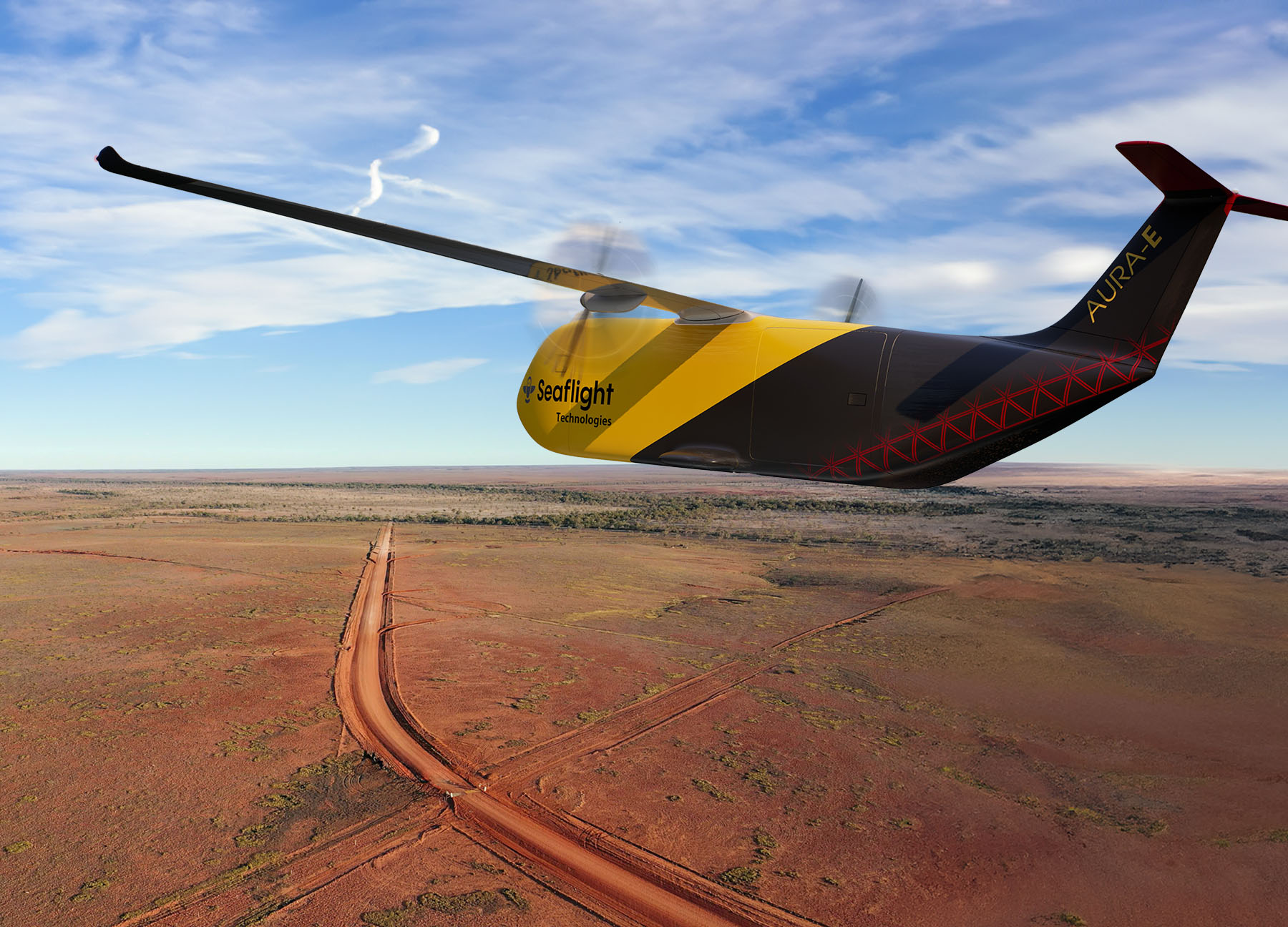
Seaflight is working to build electric drones to carry over 500 kg across more than 500 km. The cost will make cargo delivery to remote areas a possibility. The team is also developing aerodynamic technology that reduces how much drones rely on battery improvements. These changes could help to remove barriers facing remote communities.
Although stepping back from the chief executive role, Graham says he’s still involved in the fun part – building and flying things.
Supported through the Emerging Aviation Technology Partnerships Program, Seaflight is working with partners like CASA. Their half-scale, fixed-wing electric cargo drone prototype is on track to fly some record-breaking flights at the end of 2025.
Graham is also passionate about helping students prepare for the future. At UNSW’s School of Aviation, students can study for a Bachelor in Drone Operations and Management. He believes the next ‘big thing’ in drones could come from students.
‘One goal is to make sure we are preparing students for the future of larger drones operating safely in shared airspace. This is where drones will bring most economic and positive social benefits to Australia.’
‘Everything we do involves real-world, hands-on operations. Students learn how to assess risks and carefully plan sites and flights with a safety-first mindset – part of their grade depends on it!’
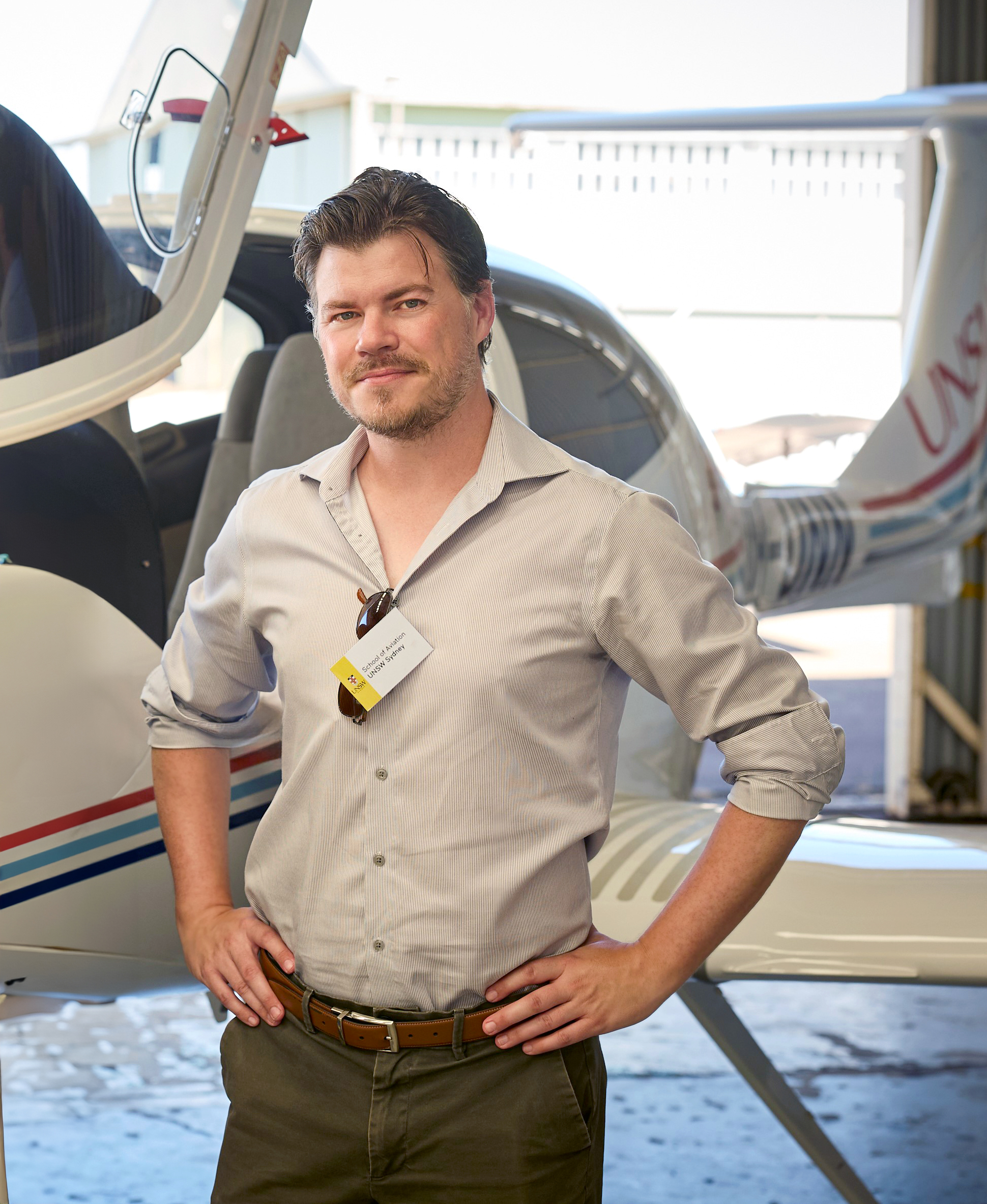
Graham holds a remote pilot’s licence (RePL) with fixed-wing and powered lift qualifications to come. When it comes to drone safety, he says there should be no surprises. He recommends using CASA-verified drone safety apps and checking weather conditions ahead of flying. His tip is to visualise each step of the flight the night before.
‘It’s also worth doing an on-site risk check before you fly as it can help spot anything you might have missed.’
With new tech and applications emerging almost every day, Graham says there’s huge potential to bring safety services to new problems. This is especially the case as beyond visual line of sight (BVLOS) flights become more common.
‘As safety rules for AI and air traffic control come into place, it won’t be long before you see a plane and question if it’s a “drone” or not. An exciting decade for all of us is coming up.’
If you would like to feature in drone flyer diaries, please email us.

